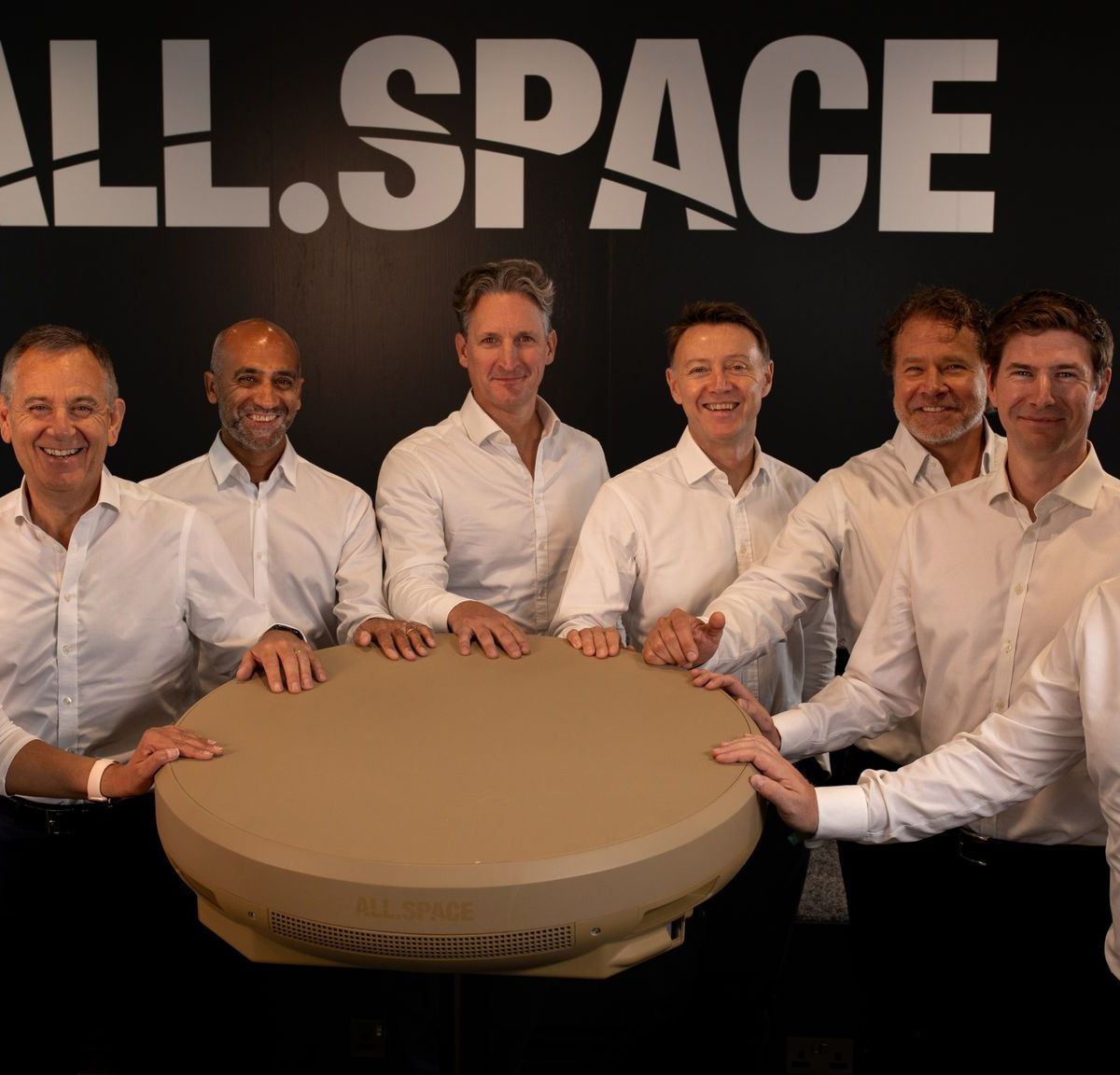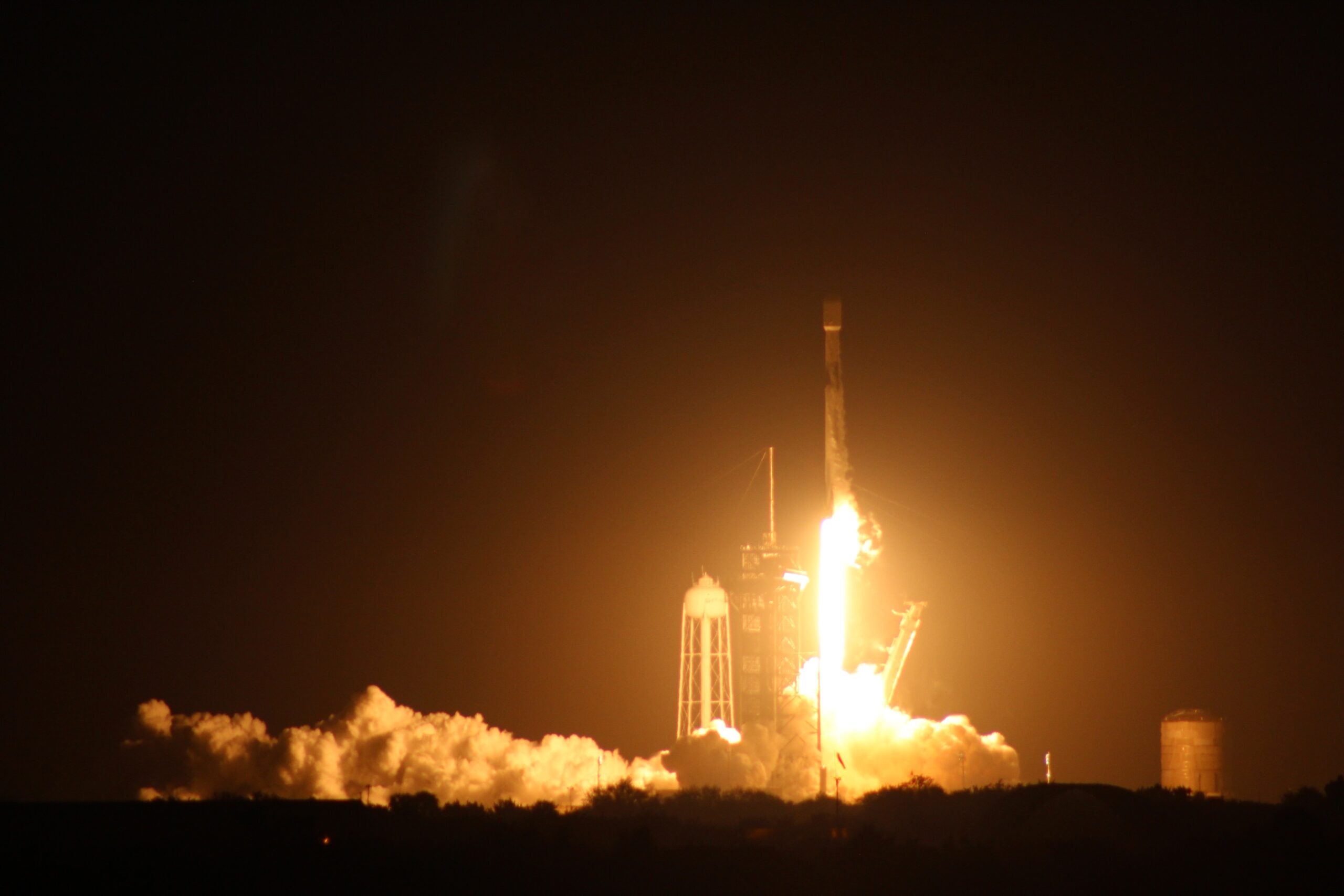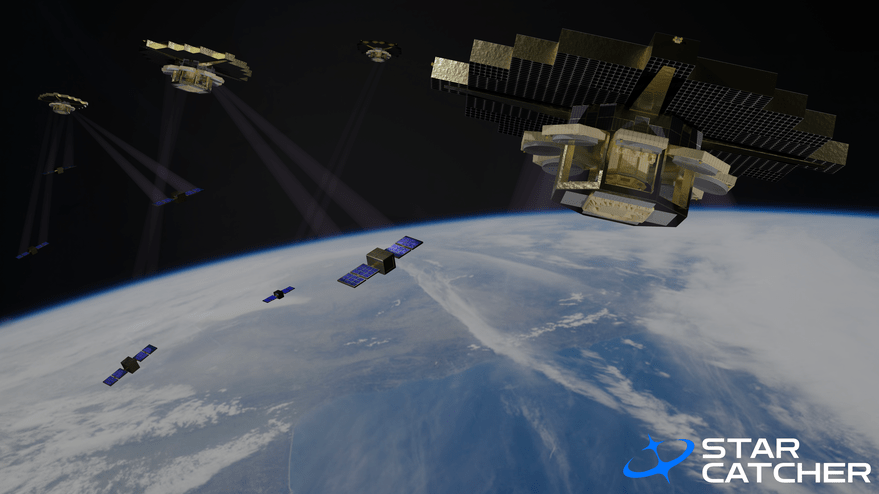SAN FRANCISCO – The University of California, Berkeley, and the NASA Ames Research Center unveiled plans Oct. 16 for a $2 billion Berkeley Space Center in Mountain View, California.
The University of California-NASA Ames partnership, in the works for more than 20 years, “has the potential to inspire not only the next generation of technologies and discoveries but the next generation of explorers, the students of today who will be the future engineers, scientists, technologists and business professionals in aviation science and space exploration,” NASA Ames Director Eugene Tu said during a news conference.

Academic and Industry Tenants
Pending an environmental impact review, initial construction could begin in approximately three years. The University of California is likely to claim approximately 10 percent of the 130,000-square-meters set aside for offices and research and development facilities.
“A very broad selection of private industry” is likely to lease remaining facilities, said Dan Kingsley, managing partner of SKS Partners, the commercial real estate developer working with UC Berkeley and NASA Ames on the project.
With 18 acres of outdoor space, the new Berkeley Space Center campus is designed to promote collaboration among government, industry and academic tenants.
“So much collaboration results from people bumping into one another,” said Carol Christ, UC Berkeley chancellor. “I’ve been struck by the intentionality of the design in regard to pathways and to people finding outdoor meeting spaces, bumping-into spaces that fuel scientific discovery and collaboration.”
Berkeley Space Center clusters will focus on space robotics, remote sensing, planetary sciences, climate change, electric aviation, mixed autonomy traffic operations and firefighting.
“Once we start assembling tenants in this new Berkeley Space Center, they will have R&D teams that are crucially focused around key disciplines that advance each of these applications, in particular machine learning and artificial intelligence, data science, advanced robotics, computing and many others,” said Alexandre Bayen, UC Berkeley associate provost for Moffett Field Program Development.
Workforce Development
The UC Berkeley-NASA partnership also is likely to help expand the aerospace workforce.
“We think these new opportunities that we’re providing for both undergraduates and graduate students will help produce the kinds of professionals of the future that companies are looking for,” Christ said.
In addition, the Berkeley Space Center will offer opportunities for retraining workers. Aerospace engineers who completed degrees many years ago, for example, may be eager to enhance their knowledge of machine learning and artificial intelligence, data science, computing and space robotics.
“This is an opportunity to come here to the Berkeley Space Center and be trained in these new disciplines, disciplines that are fundamental to the quest of space innovation,” Bayen said.
NASA Ames leaders have envisioned this type of research campus for many years.
“Ever since NASA took over stewardship of Moffett Field after the Naval Air Station was closed in the mid-90s, we have envisioned a major academic campus to complement the federal, industry and academic research complex we are building right here in the heart of Silicon Valley,” Tu said. “In many ways this is one of the final major pieces of the puzzle that we have been looking forward to.”



